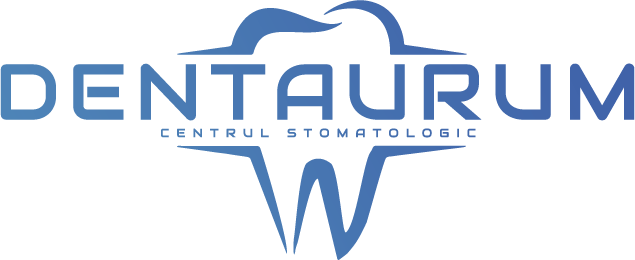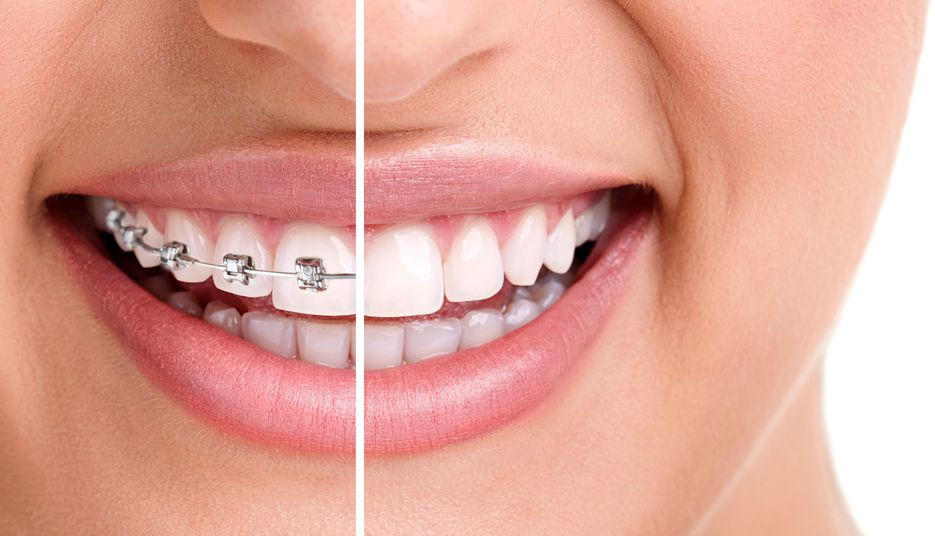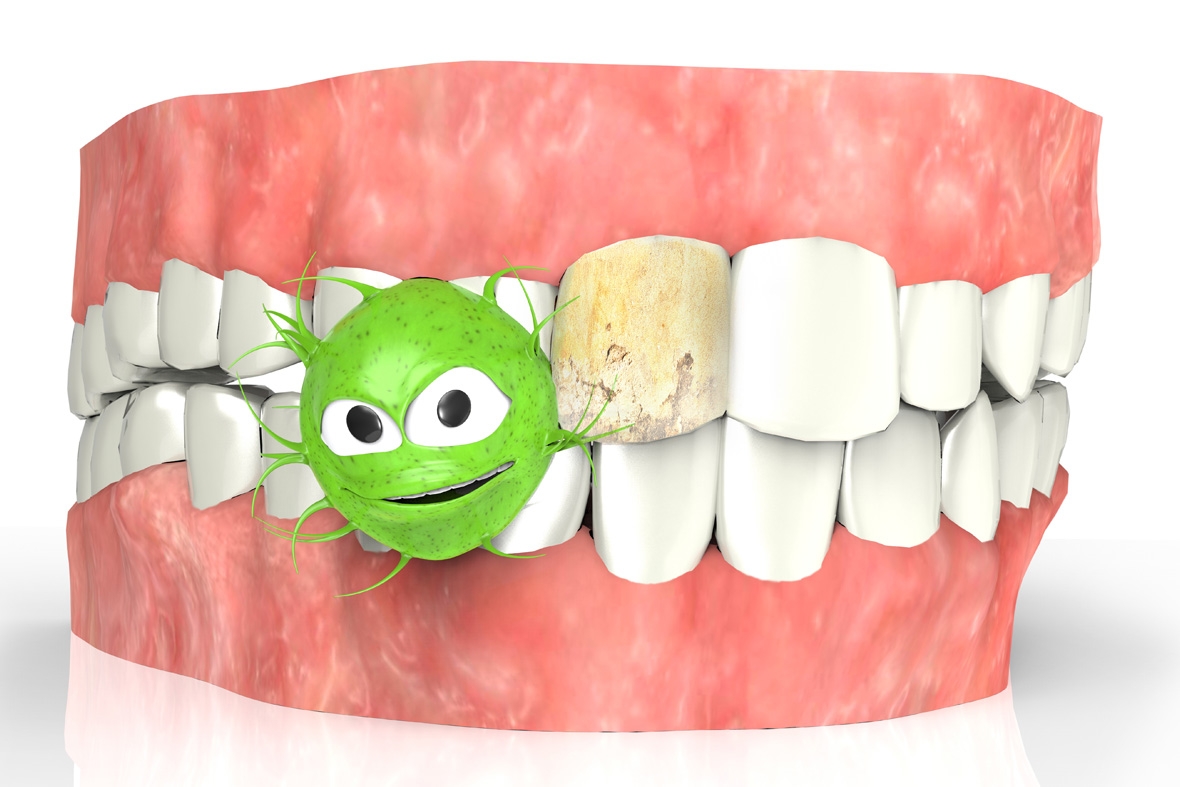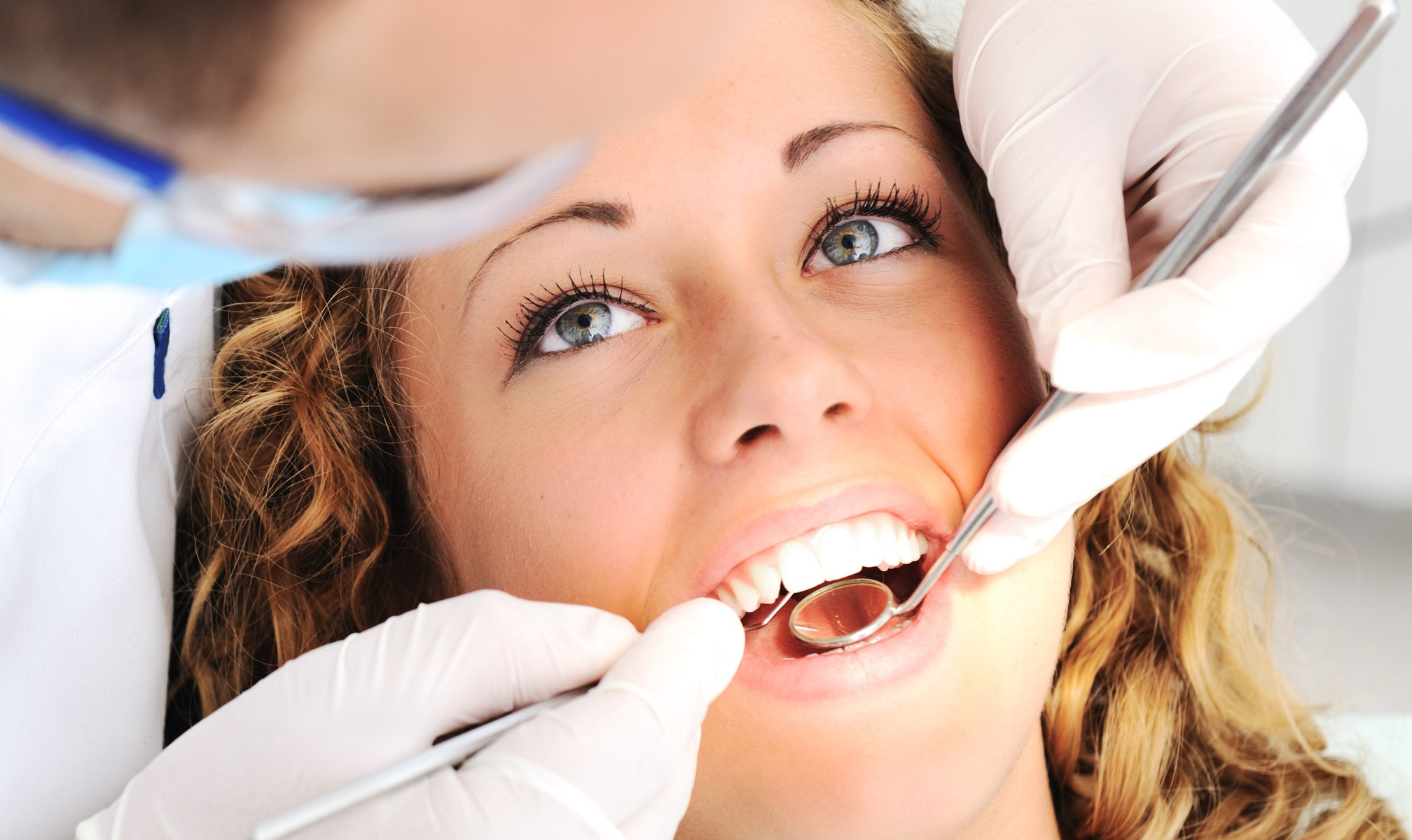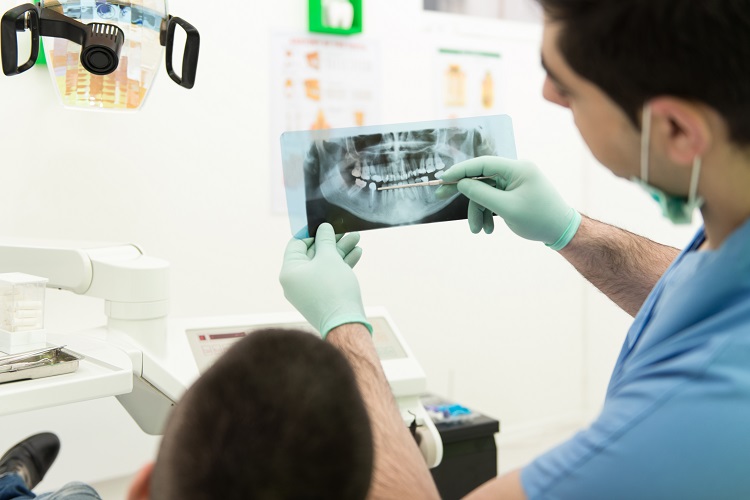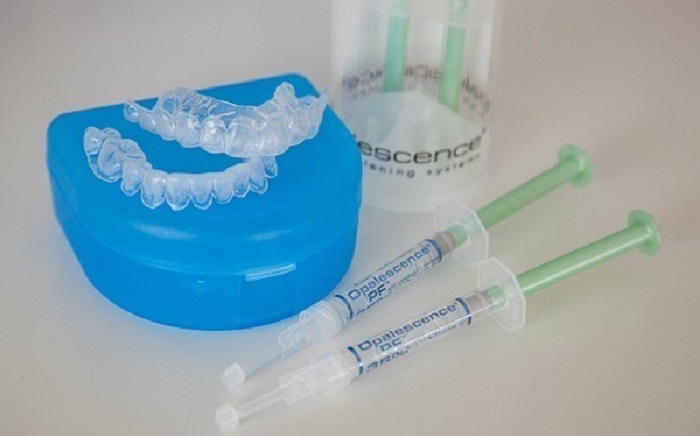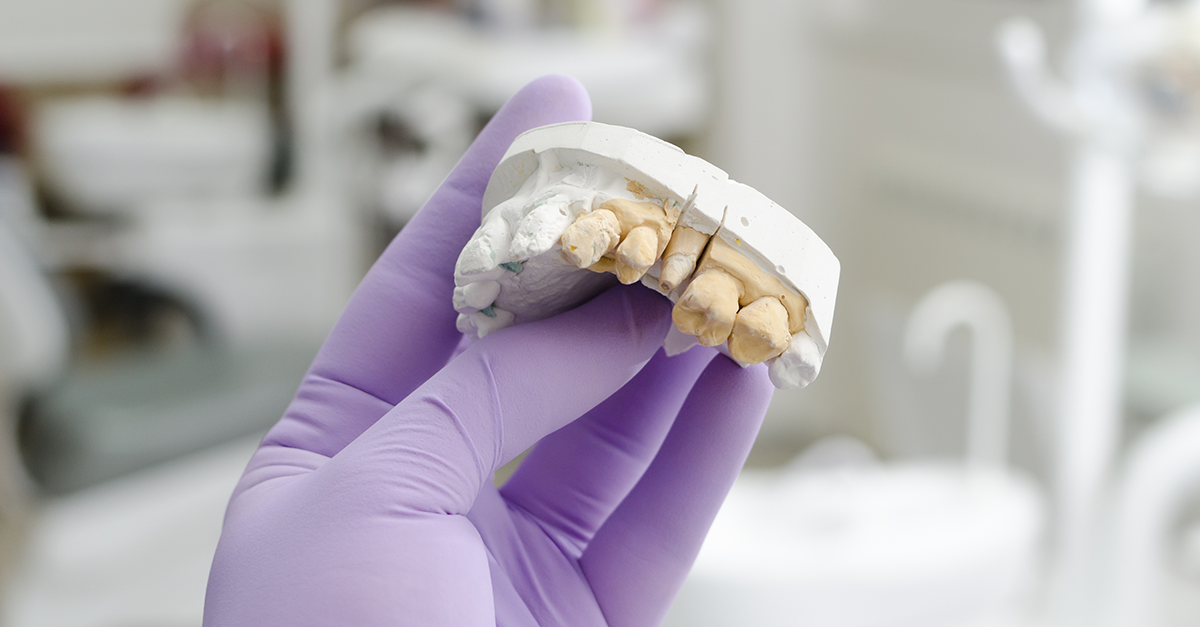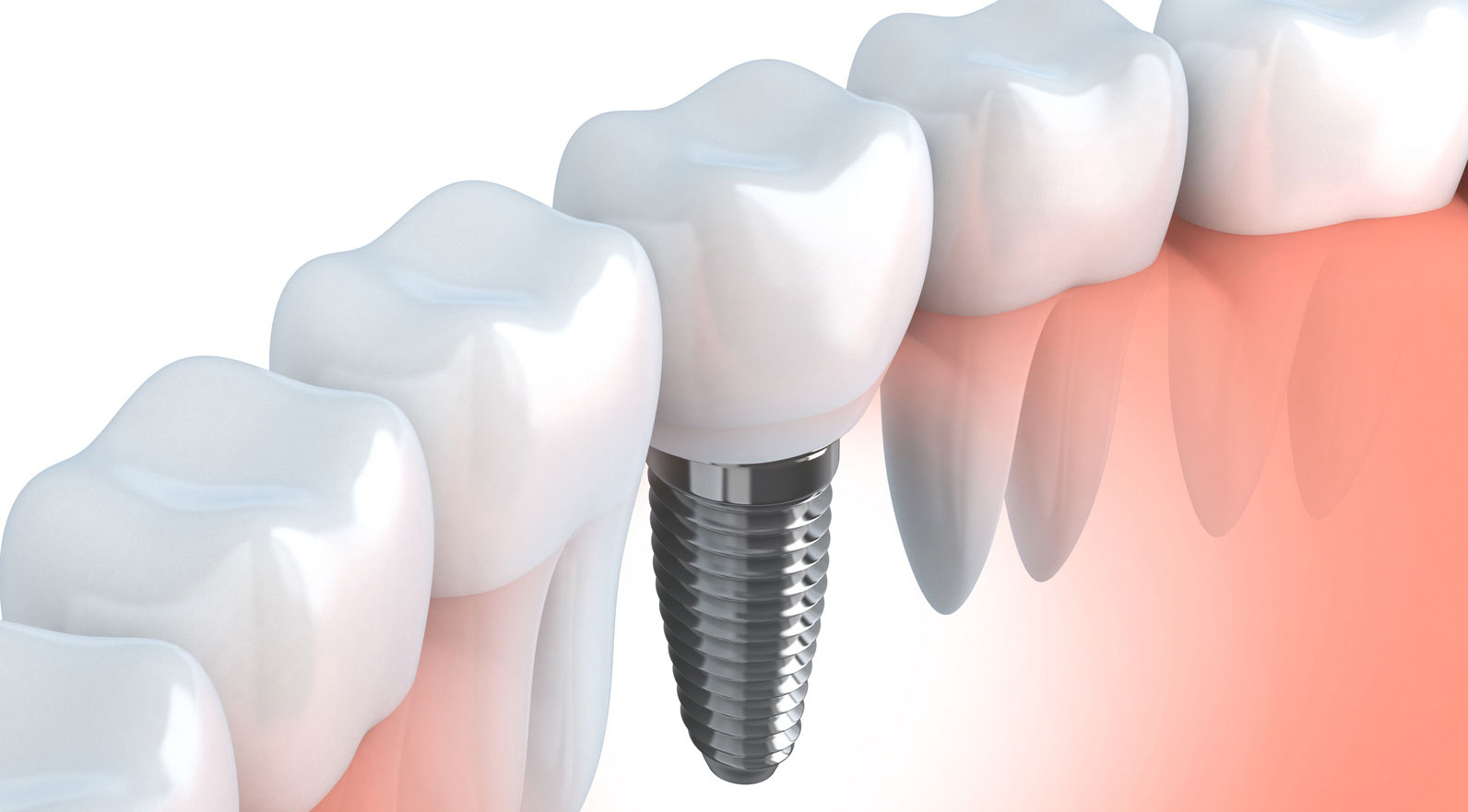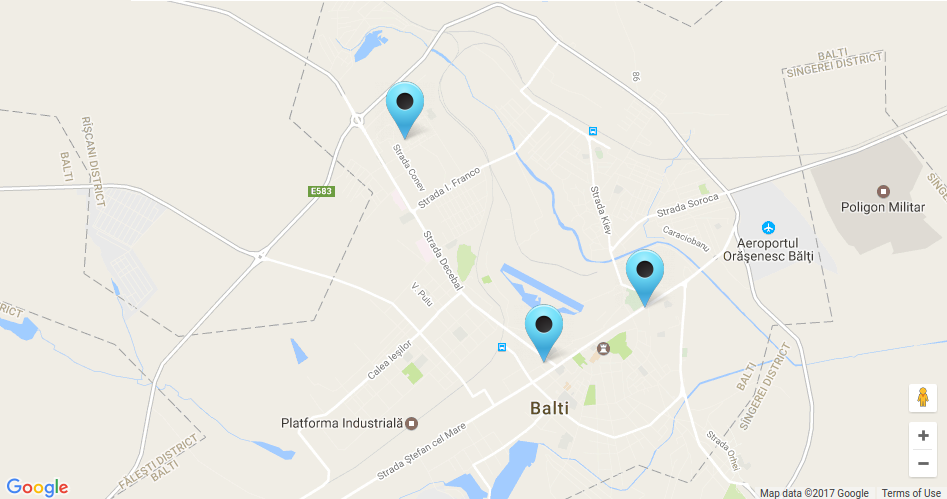
Dentoalveolar surgery includes surgeries routinely performed in a dental clinic, under local and regional anesthesia. In this category we find:
NON SURGICAL EXTRACTION (simple)- through which a tooth unable to be treated by any method is extracted.
SURGICAL TOOTH EXTRACTION
After tooth extraction, in the remaining place a blood clot will be formed which will help to bone and gums healing process. To stop the bleeding, prevent infection and to protect this clot, compresses are applied over the wound that will be displaced in a hour from extraction. Also the indications specified by surgeon are to be followed after the extraction.
APICECTOMY-is a surgical method which consists in the removal of dental apex together with infected bone tissue, being preceded or not by a correct endodontic treatment and the perfect obturation of the root canal.
Indications for apicectomy can be grouped into several categories:
o Anatomical issues that prevent correct cleaning and obturation of the root canal
o Issues pertaining prosthetic restoration of the involved teeth
o Horizontal fracture of the root with apical necrosis
o Root canal length obstacles that cannot be overcomed through the endodontic treatment
o Treatment errors in endodontic procedure
o Large periapical lesions that no longer can be solved by root canal treatment.
SINUS LIFT
The maxillary sinus is a cavity inclavated at the level of jawbone, located on the sides of the nasal cavities above the upper molars and premolars. Often the maxillary sinus can have close relations with the apex (tip of the root) of these teeth through the membrane that protects it.
The dimensions of the maxillary sinus as well as the relations with the neighboring anatomical structures varies from one person to another and also varies depending on age: a child has a smaller size and as we grow it pneumatizes (acquires wider dimensions and gets down.
Via ostium (an opening located at the level of middle meatus) communication between nasal cavity and sinus is made, which permits drainage of mucus and eventual secretions accumulated at that level.
Maxillary sinus has multiple functions in the body and the most important would be the following:
o participates in the process of breathing, humidifying and warming inhaled air;
o contribute to balancing the pressure created in the nasal cavity;
o participates in the immune defense of the upper airway;
o contributes to the development of the whole facial system;
o ensures protection against injuries that can occur at the second level of the face;
Often during implantology surgical interventions we have to resort to a procedure which involves addition of the maxillary sinus bone. As we showed earlier, with the passing years and advancing age, structure and dimensions of the maxillary sinus is changed and we find ourselves in a situation when we don't have sufficient bone volume in the vertical direction to be able to insert implants at that level.
Addition of the bone at the level of the maxillary sinus, called Sinus Lift and can be of 2 types:
1. with direct access to the alveolar bone level, right through the place where implants are to be inserted later;
2. with external access, lateral: superior and lateral approach to the molars or premolars roots tips.
The first type of intervention is minimally invasive; find better received by the patient and can be performed under local anesthesia without any complications. The procedure allows the lifting of the maxillary sinus membrane with the help of special instrument for a variable number of 2-3 mm, allowing the insertion of implants in the same session. At the same time this way a small amount of synthetic bone can be inserted or not. The necessary healing period for implant integration is 4-5 months for this type of intervention.
The second type of intervention is a bit more complicated and it is done when the dimensions of the sinus are really big and bone volume remained at this level is extremely low. Access is made via the side, creating a bone window. Through it the level of the sinus membrane is permeated, the membrane is picked up, at which point you can insert or not the implants in same session, the synthetic bone is applied along with a protective collagen membrane.
Within the 2 procedures will be opted the application or not of the implants at the same time of bone tissue intervention, depending on the quantity, type and quality of bone present at this level. The period of bone healing and integration necessary for this type of procedure is 8 months.
The intervention being more complex, thorough and long lasting, can be achieved also with only local anesthesia but for patients with dental phobia or very anxious ones, we recommend intravenous sedation.
Last but not least, to be able to do this bone regeneration procedure, it's necessary for the patient to make a series of analyses and local anatomical conditions that allow you to perform this procedure to be met.
Among the main contraindications we could mention:
o inflamed sinus mucosa with maxillary sinusitis;
o abscesses or suppuration in facial region;
o disease outbreak;
o facial neuralgia;
o carcinomas present at this level;
o respiratory infections;
o osteitis and osteomyelitis of the jaw bone;
If the patient presents one of the mentioned pathologies treatment is imposed in advance and only after healing a procedure of bone tissue graft can be opted.
Regarding the insertion of the implants and regeneration at this level, the decision may be taken only after a specialized surgical checkup and after thorough analysis of imaging investigations (panoramic radiography and tomography).
